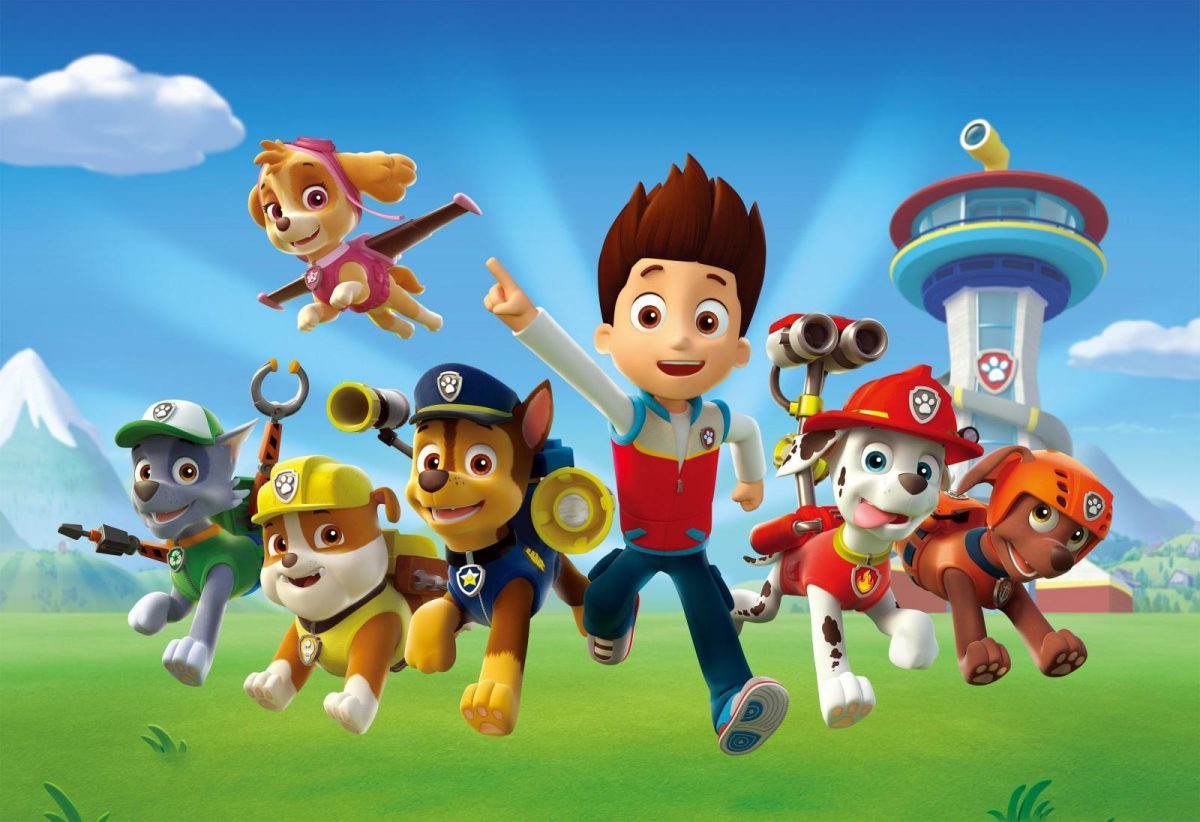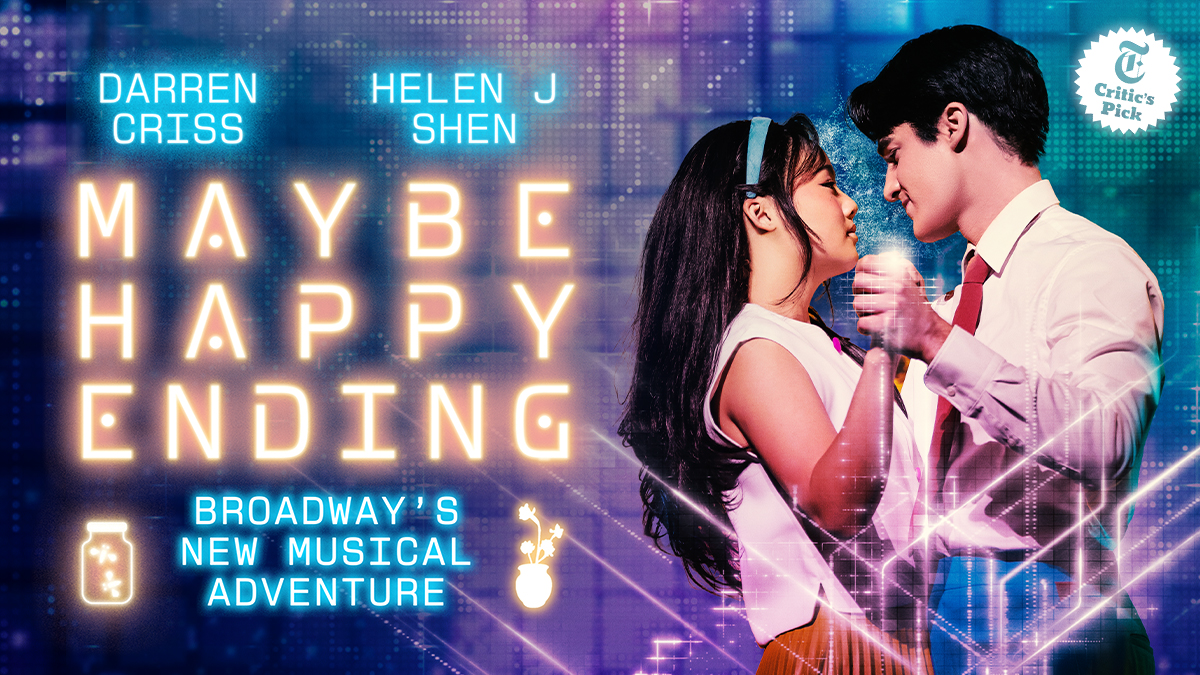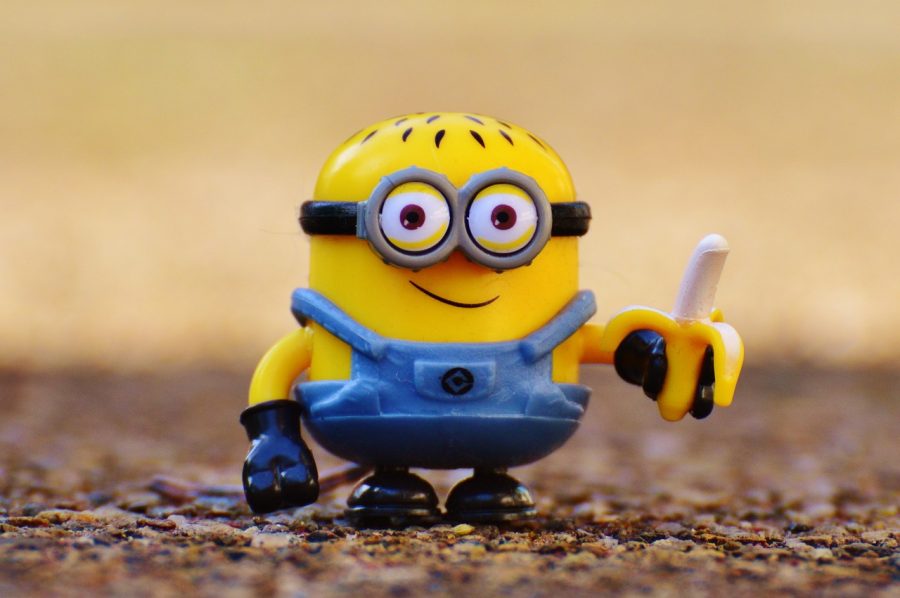
By Aren Kalash
From its lush artificially created environments to its frighteningly realistic anthropomorphic animals, Disney’s live-action, computer-generated imagery (CGI) remake of the 1967 classic animated film and adaptation of the 1894 novel by Rudyard Kipling, The Jungle Book, succeeds in captivating viewers of all ages. Its wondrously detailed backgrounds and lifelike creatures in addition to an “all-star” cast (including voices by Bill Murray, Scarlett Johansson, and Ben Kingsley) guaranteed the “recycled” movie a largely positive reception. Paralleling Walt Disney’s revolutionary popularization of the hand-drawn animated feature, director Jon Favreau attempts to reach audiences through this new, all-digital medium.
Unlike the cartoon version, the current Jungle Book portrays characters in a less innocent and comical light. Rather, the CGI serves to augment the wild nature and mysticism of Kipling’s jungle, which both permeate the original story. The protagonist Mowgli, or as the other animals call him, “Man-Cub,” tries to find his place in the jungle under the guidance of his panther pal Bagheera and bear buddy Baloo. Unwelcomed by many, Mowgli finds himself hunted by the bloodthirsty tiger Shere Khan, who regards him as a human intruder. Since no creatures, not even Mowgli’s wolf pack family, can protect him from the enemy’s claws, Mowgli must decide whether he is to return to the man village to be with his own kind or fight back, claiming the wilderness as his true home.
The hyper realistic representation of the animals gives them very authentic human characteristics, contributing to a darker overall tone. Rated PG for “some sequences of scary action and peril,” the film highlights the savagery of the Earth’s beasts. Along his journey, Mowgli encounters Kaa, a large python, and King Louie, an orangutan, whose characters appear far more sinister in CGI than as cartoons. For example, Kaa no longer goofily slithers about trying to hypnotize all passing characters, and King Louie towers over all the other animals, ferociously chasing Mowgli throughout his temple complex. Nevertheless, actor Neel Sethi, who plays Mowgli—the only onscreen/ live-action actor in the film—retains his character’s juvenility and lightheartedness.
Although neither the newest film nor the 1967 animated version strictly adheres to Kipling’s original story, each entertainingly and compactly retells this time-honored tale. This 2016 edition, however, lacks certain musical components of the animation. It did keep the classic “Bare Necessities” and “I Wanna Be Like You,” which, admittedly, were not integrated very smoothly into the scenes. Additionally, this live-adventure rendition altered some scenes from the older film. One of the most notable differences is that no one dies in the cartoon. Other modified aspects include the presence of the watering hole, a buffalo stampede, and the nature of Shere Khan’s demise. But unless you’re a diehard fan of Kipling’s novel or of Disney’s original movie, these elements do not detract from the film.
Transforming the way audiences envision this classic story—both physically and mentally —the Jungle Book remake proves to be an outstandingly fresh Disney-spin on Kipling’s classic tale. As mesmerizing as Kaa’s eyes, the stellar visual effects easily enrapture viewers. Such imagery matches or may even transcend the precedents set by lauded CGI films such as Life of Pi and Avatar. Although this live-action adaptation draws much from the earlier animated version, ultimately, the legend of Mowgli will never be the same.












